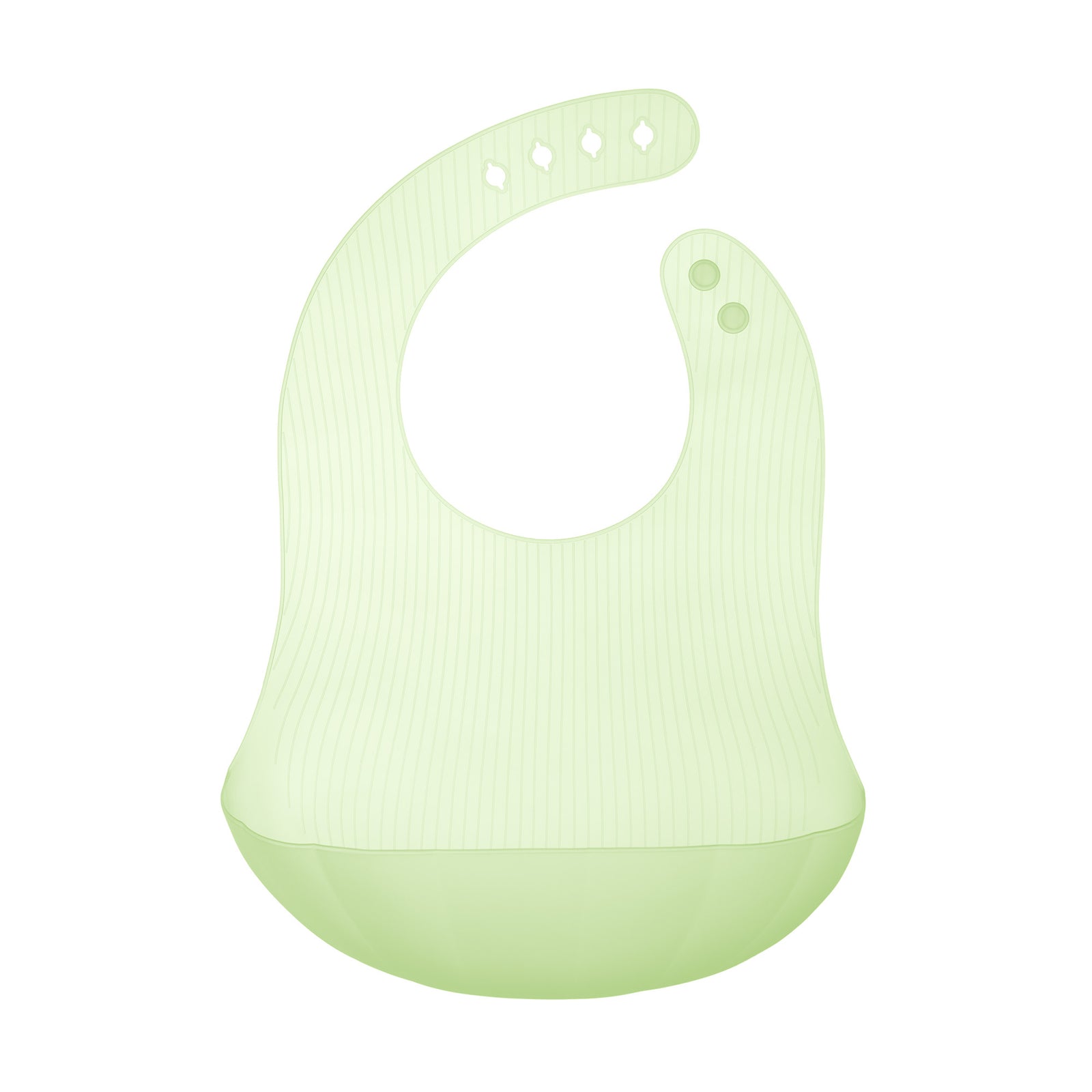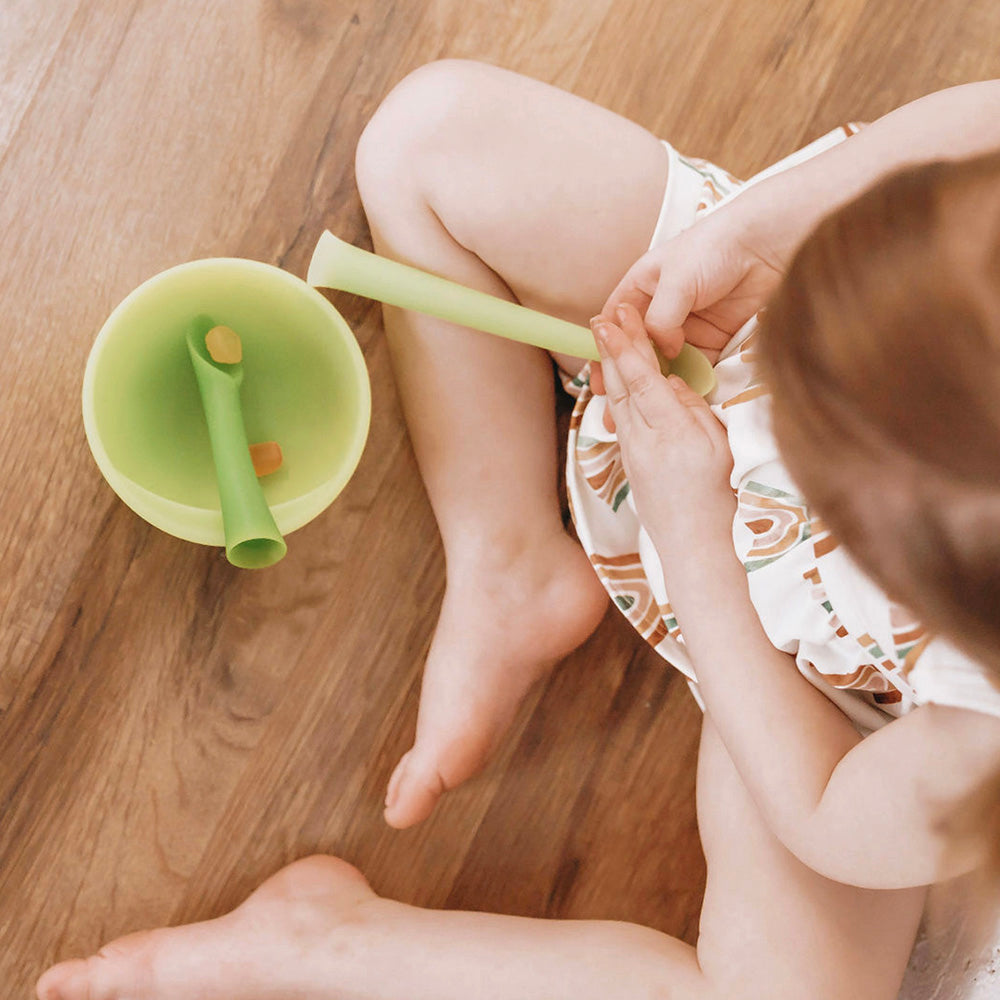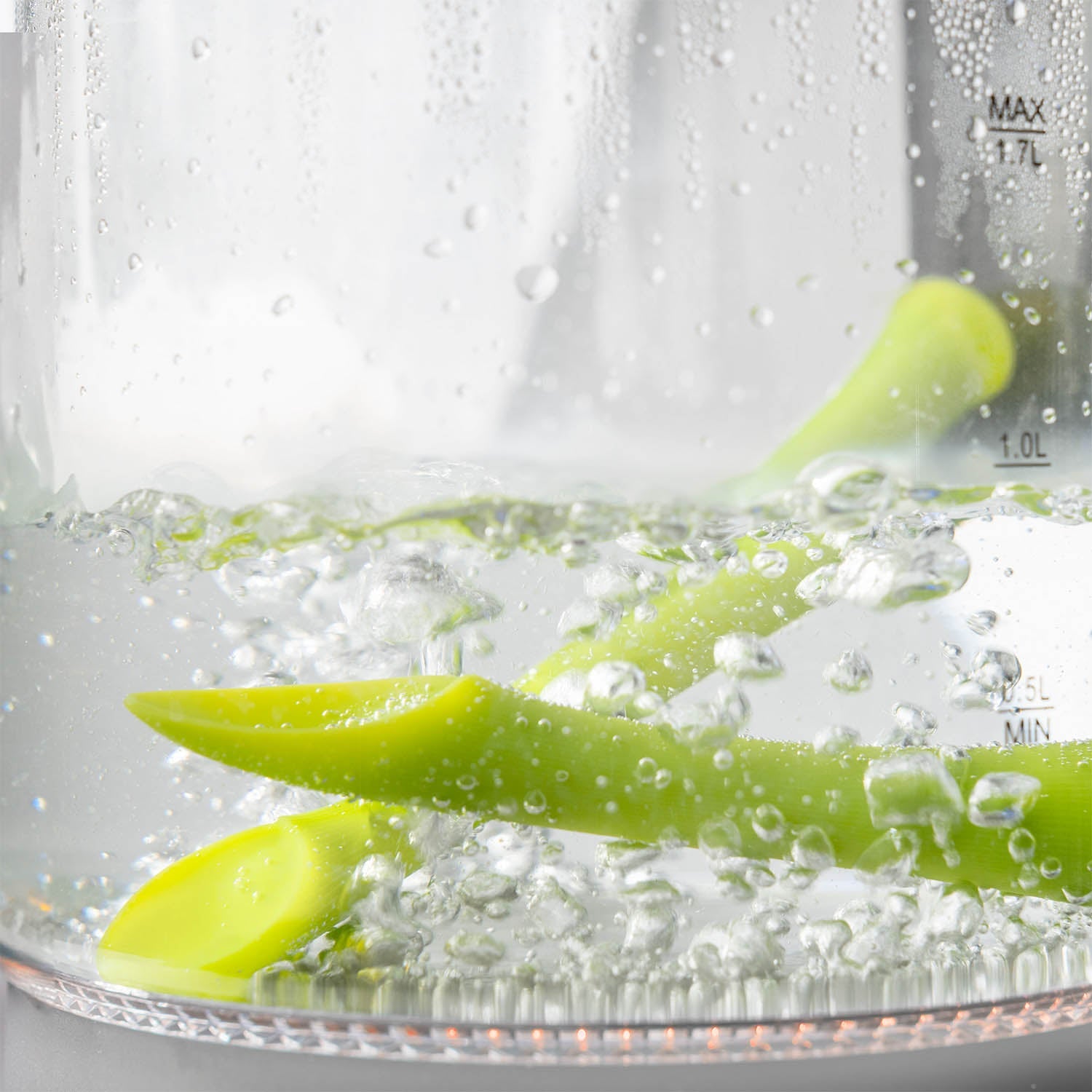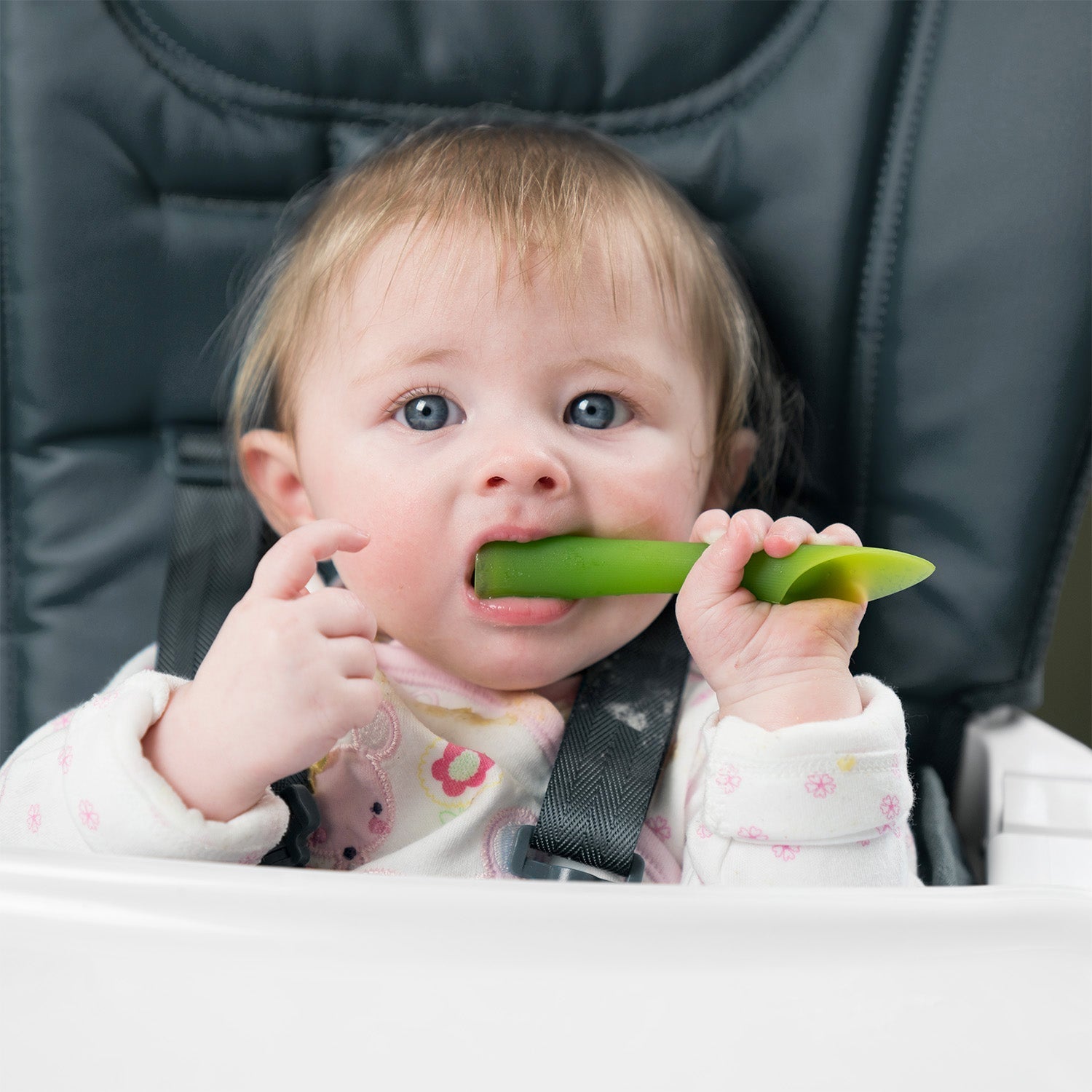Are you frustrated or running out of patience with your child’s picky eating habits? Sensory play may help. We’ve all heard the phrase “don’t play with your food” but the truth is, play-based food exploration can help your child to become more comfortable and familiar with new foods. Research has shown that it may take several attempts of introducing a new food before a child tolerates or develops a real food preference (Schuberth et al, 2010). Encouraging food exploration during play allows the child to experience food in a positive and playful way. It can reduce the pressure and negative feelings that a child may feel during mealtime. This may motivate the child to experiment with new foods. So what’re some creative ways we can incorporate food into play?
Painting with yogurt, applesauce or pudding
If your child has difficulty tolerating textures on their hands and at mealtime, you may want to start small by encouraging indirect contact with a paintbrush at first. No paintbrush? No problem, grab some broccoli or cauliflower as paintbrush substitutes. If they’re able to jump right in by touching then have them practice letters, basic shapes, or lines. Be sure to never force or pressure them into touching textures. Have a towel or napkin ready in case they aren’t able to tolerate the sensory input.
Pro tip- Make edible paint using yogurt & food coloring to excite your little one.
Taste Safe Sensory bins

Sensory bins are a fun way for kids to explore textures while using their hands or tools to scoop and pour. You can start with dry sensory bins by using foods like oatmeal, rice, macaroni, cereal and beans. If your child is showing interest in tolerating and exploring more messy textures, you can use jello or pudding. Place toys or items of interest in the sensory bins to encourage your child to play and explore. I love using fruit in sensory bins since it provides the added benefit of stimulating the sense of smell.
Fruit paint stampers

Cut up some fruit and use them as stampers while painting. This allows kids to interact with the food while also encouraging grasp and hand strengthening.
Meal prep with your child
Try to include your child in preparing their meals with you as much as possible. Your child will benefit from exposing themselves to a variety of foods in different ways. They can assist with washing vegetables, mashing or mixing. Research suggests that involving kids in meal prep may have a positive impact on their food preferences (Hersch et al., 2014). Interacting with your child during meal prep also gives you an opportunity to model positive interactions with food which can help them to be more comfortable.
Be sure to supervise sensory play at all times. If your child is frequently mouthing items, take extra caution to supervise and ensure that food items aren’t choking hazards. Even though sensory play should be encouraged, there is an appropriate time and place for everything. It’s important to establish boundaries so that your child recognizes that playtime is for exploration and mealtime is for eating. Messes are also a natural part of this process. It’s fine to set expectations in terms of location and clean up. Have your child be an active participant in helping with clean up. Chose a location that may be mess friendly like outside, bathtubs, or on play mats. Picky eating should always be brought up to your pediatrician to rule out any medical issues or concerns with sensory motor abilities that may be influencing eating habits.
References
Hersch D, Perdue L, Ambroz T, Boucher JL. The Impact of Cooking Classes on Food-Related Preferences, Attitudes, and Behaviors of School-Aged Children: A Systematic Review of the Evidence, 2003–2014. Prev Chronic Dis 2014;11:140267. DOI: http://dx.doi.org/10.5888/pcd11.140267
Schuberth, L. M., Amirault, L. M., & Case-Smith, J. (2010). Feeding
Intervention. In Occupational Therapy for Children(6th ed., pp. 464–465). essay, Mosby Elsevier.
Content and references are for informational purposes only and are not intended to replace medical advice or occupational therapy intervention. All presented activities should be done with the supervision of a parent or caregiver.







